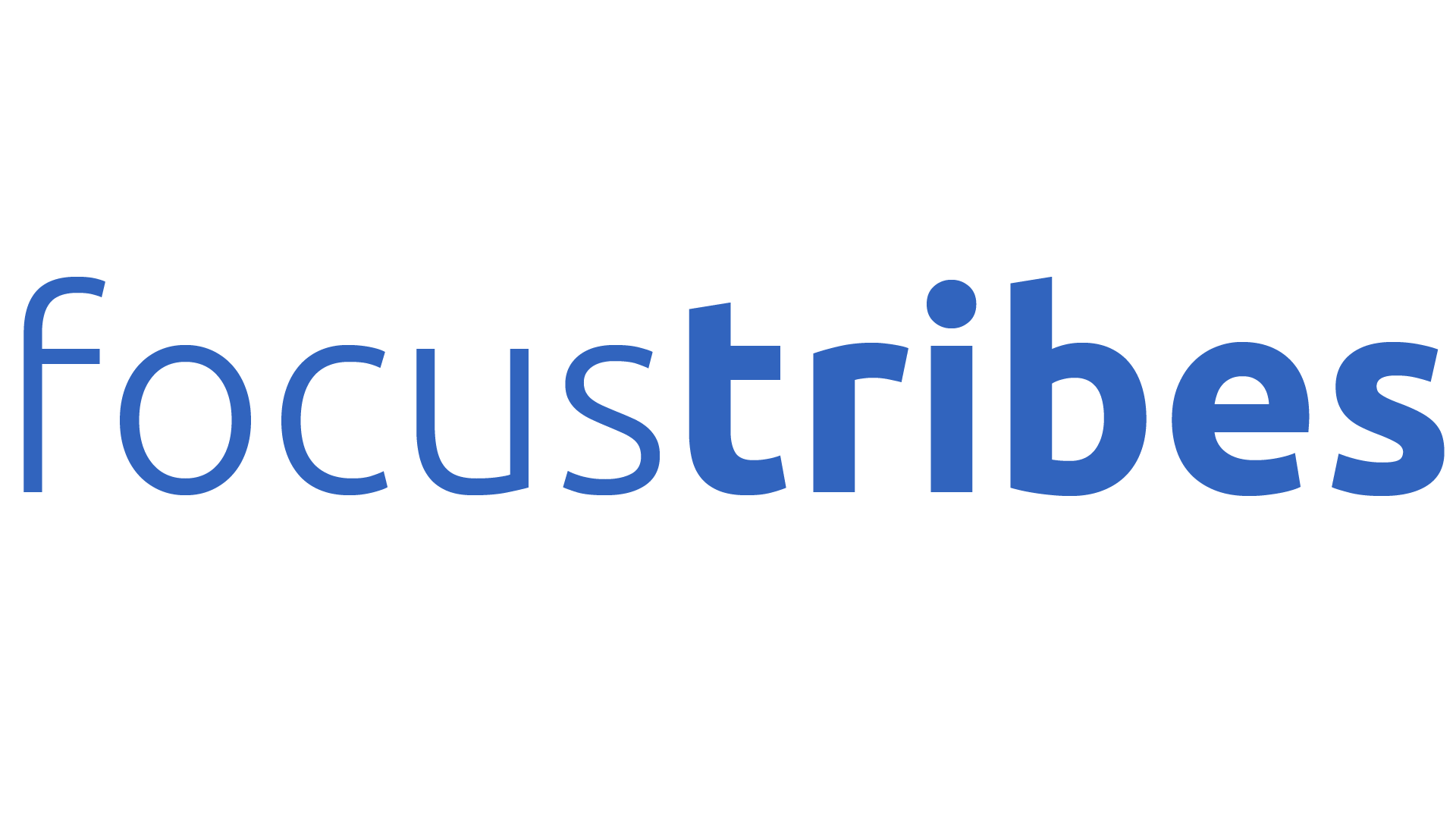The Kering Group's commitment to the ecological transition is reflected in the publication of an eP&L. To produce this new tool, it was necessary to involve all the business lines and rethink data collection and analysis methods.
As early as 2015, the Kering Group embarked on the construction of an eP&L, an environmental income statement.
The centralized organization of decision-making within the Kering Group made it possible to develop this project by relying on a small team, with relays in the business lines. The existence of unified information systems was also a facilitating factor.
After a few years, the exercise has become a reality. Even if it is still difficult to make the link between P&L and eP&L, the latter meets the growing expectations of analysts and investors. It also enables the Kering Group to be ahead of the game in meeting new regulatory requirements. These will not produce a revolution. They will, on the other hand, provide an opportunity to remove any remaining resistance and to pursue automation. The collection of a certain amount of data remains largely manual.
Transforming ways of working requires power. To launch a major program and hope to see it prevail, sponsorship at the highest level is essential. This support must be expressed over the long term. The project must also be supported by people capable of acting as intermediaries between technical experts and operational staff.
A large-scale project is often hard to get off the ground if it doesn't benefit from sponsorship at the highest corporate level. The more it challenges established habits and rules, the more it needs legitimacy. The example of the Kering Group confirms this. eP&L was successfully implemented because it corresponded to the personal wishes of the Chairman, François-Henri Pinault. It was therefore not open to challenge by the teams.
Transformation takes time, which presupposes that the project remains embodied over the long term, with a link to general management or the presidency. To ensure that the project permeates the entire organization, it's a good idea to surround yourself with profiles capable of bridging the gap between IT and the business, explaining what's at stake and deciphering the expectations and needs of all concerned. Gradually, everyone will become aware of the benefits of the approach and internalize it. If this approach is truly structuring, it could become an element of attractiveness in recruitment and create a virtuous loop.
To read the rest, download the full report by clicking here:




